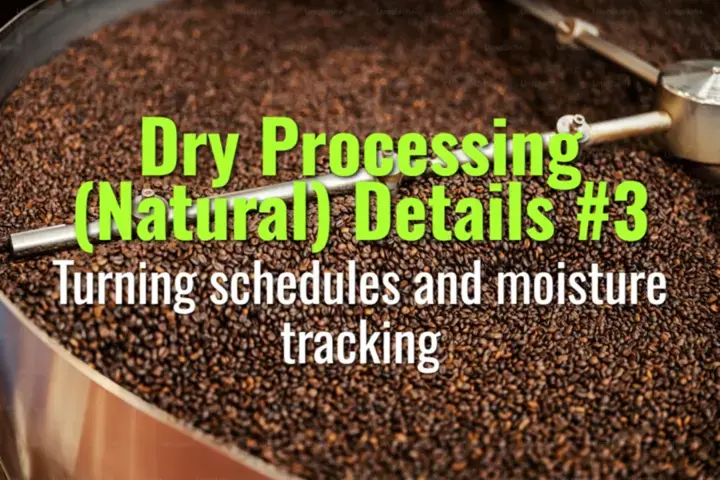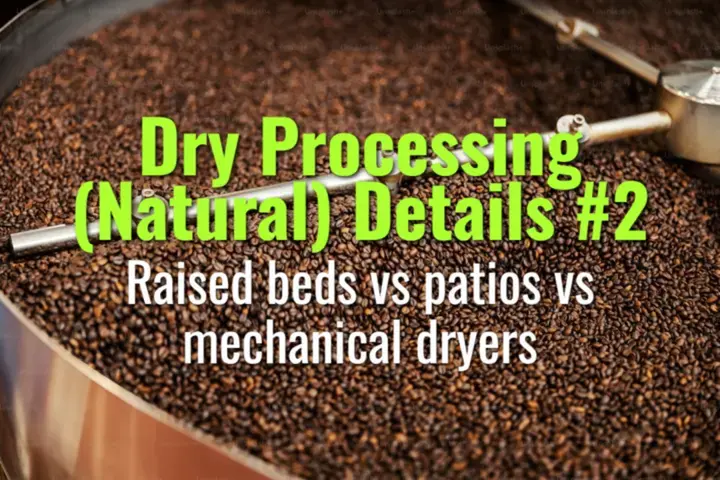
Moisture content and bound water
This topic explains the role of moisture content and bound water in green coffee, how they affect stability and flavor, and why monitoring them is critical for quality preservation.

This topic explains the role of moisture content and bound water in green coffee, how they affect stability and flavor, and why monitoring them is critical for quality preservation.

This topic explains how bed thickness and airflow are managed in honey and pulped natural coffee processing, why they matter for uniform drying, and their impact on flavor and defect prevention.

This topic explains why uniformity and screen size are important in natural (dry) coffee processing, how they are managed, and their influence on cup quality and market grading.

This topic explains how farmers determine the correct drying endpoints in natural coffee processing, the role of water activity, and why precision at this stage ensures stability, quality, and shelf life.

This topic explains the importance of turning schedules and moisture monitoring during natural (dry) coffee processing, showing how these practices ensure uniform drying, prevent defects, and protect flavor quality.

This topic explains the three main drying methods in natural coffee processing—raised beds, patios, and mechanical dryers—comparing their processes, advantages, challenges, and impacts on flavor quality.